Few cities can lay a more comprehensive claim to being the culinary capital of Europe than San Sebastián. One of the jewels of the Basque country, San Sebastián is a mish-mash of Michelin-starred eateries — there are 10, to be precise — and local gastronomic traditions. From bustling bars serving moreish pintxos (Basque tapas) to the sagardotegi (cider houses) dotted just above on the hillsides, this is a place teeming with born-and-bred foodies.
San Sebastián with Michelin star chef, Paulo Airaudo
Published 3 months ago

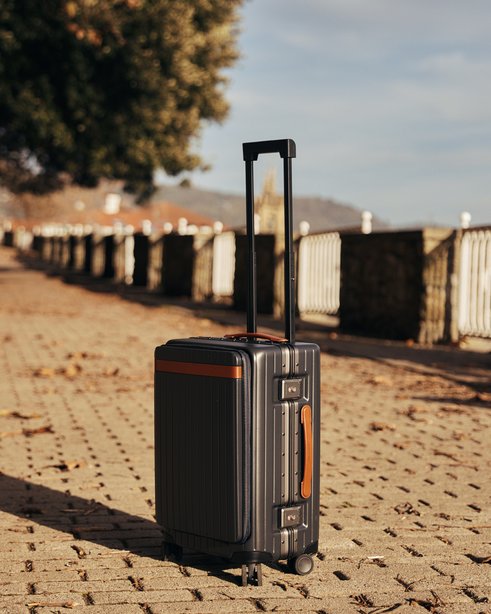

The Basque region might be perched on the Bay of Biscay, just beside the Spanish-French border, but its culinary lore, culture and even language are distinctly its own. Fresh seafood from the Cantabrian Sea, local meat sustained on rich mountainside pastures, as well as an influx of talented foreign chefs have synthesised to put San Sebastián on the gourmet map.
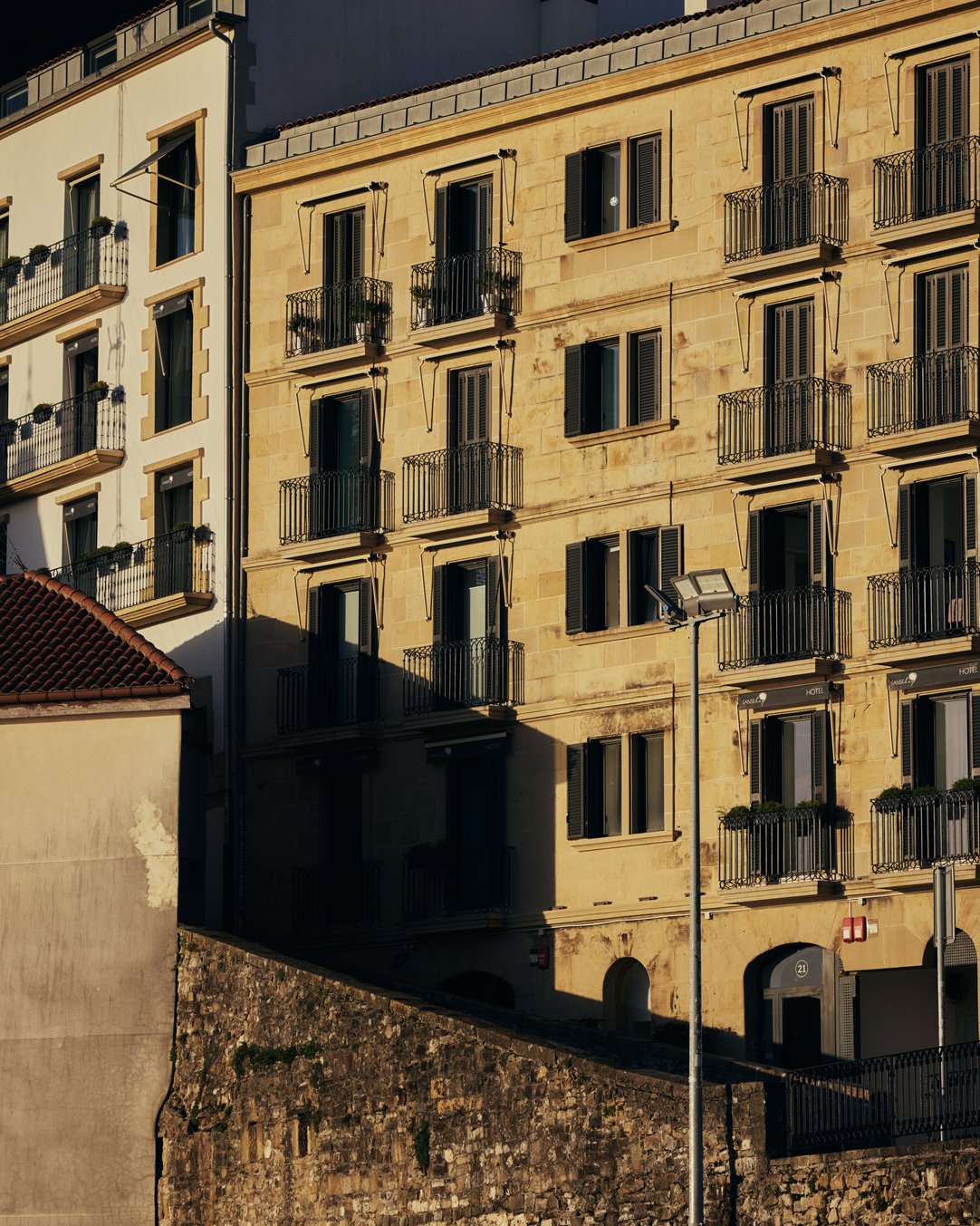
One wandering chef who has made the port city his home is Paulo Airaudo, the Argentine owner of Amelia: a two-Michelin star restaurant located in front of Concha Bay.
Having left home at 18 (“I travel for the sake of eating”), he counts stints at acclaimed institutions like The Fat Duck in London and Rome’s Magnolia on his CV. Where does he rank San Sebastián in the global food arena? “Very important, among the first in the world”.
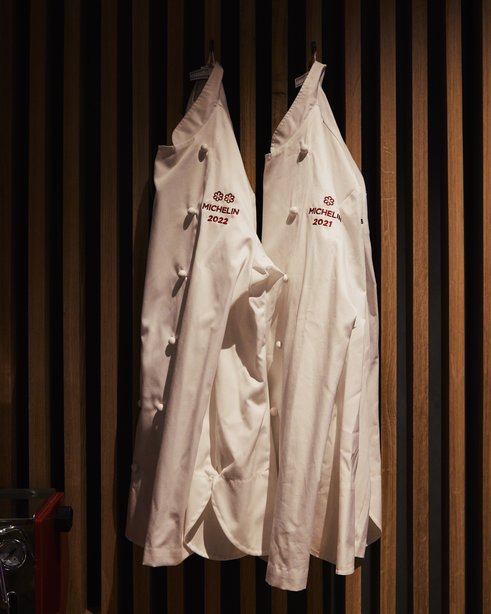

In an area chock-full of fine dining experiences, Amelia draws on seasonal and sustainable local produce bought from knowledgeable artisans to move the needle. Intimate and with a forever-changing, Basque-inspired menu, it’s a must-visit if you’re in town. Delicately-plated dishes, often centred around fish and seafood, do justice to the region’s decorated culinary heritage.
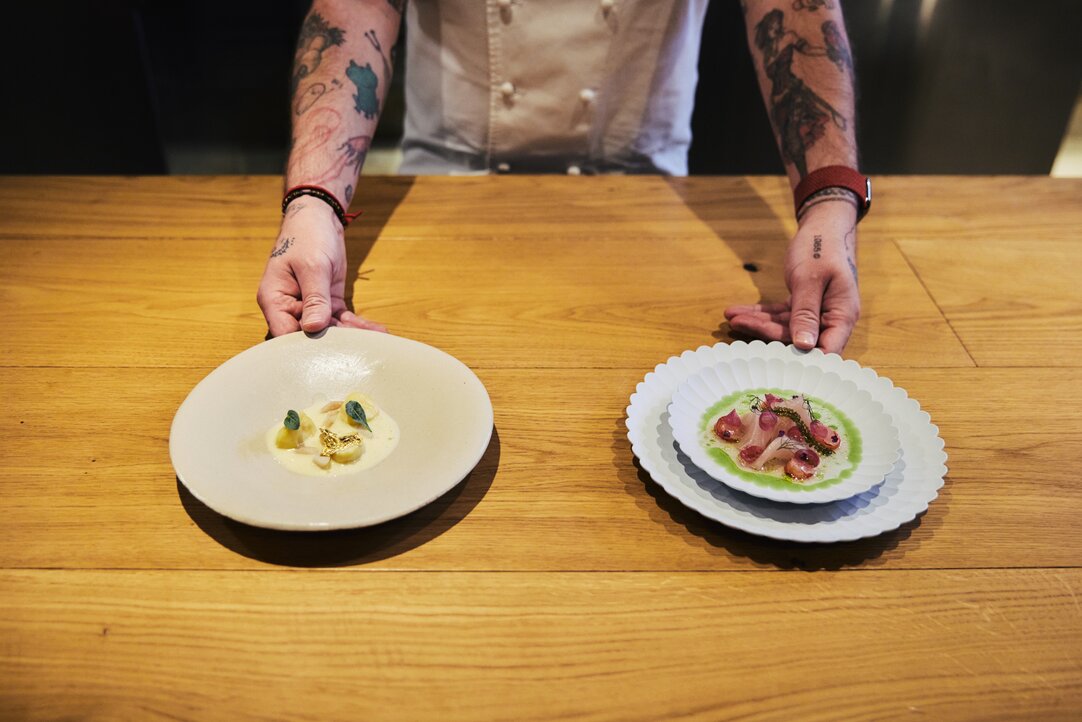
There’s plenty more to satisfy your appetite in San Sebastián: “Its great cultural offering includes the International Film Festival, the oldest Jazz festival in Spain and the annual Gastronomic Congress”.
The Old Town (Parte Vieja) is the beating heart of the city, full of tiny alleyways and lively plazas. Nestled within the labyrinth is the imposing Gothic-style San Vicente Church. Dating back to the 16th century, its wood-carved altar panels and Parisian-made organ give the place a sense of serenity at odds with the outside bustle.
“I travel for the sake of eating”
Given the relative obscurity of regional culture to outsiders, it pays to stop off at the San Telmo Museum. Situated in a repurposed Dominican convent, exhibits chart the origins of Basque identity through to the modern-day. Learn about the region’s links to the ocean — whale hunting, the shipbuilding that sustained the Spanish Empire and so on — while admiring a piece from iconic Basque sculptor, Jorge Oteiza.

The city’s prosperity owes much to the (allegedly) redeeming powers of La Concha Beach. Back in the 1880s, Queen Isabel II of Spain was advised to bathe in the water to cure illness. Taken by the sweeping bays and verdant hills, she decided the Spanish Royal Court must holiday in San Sebastián every summer henceforth.
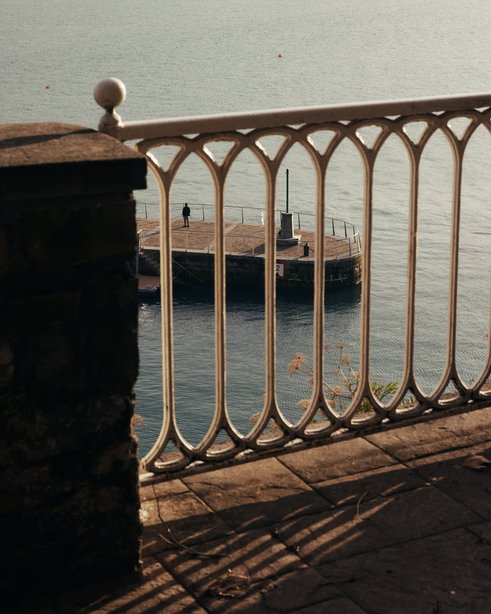
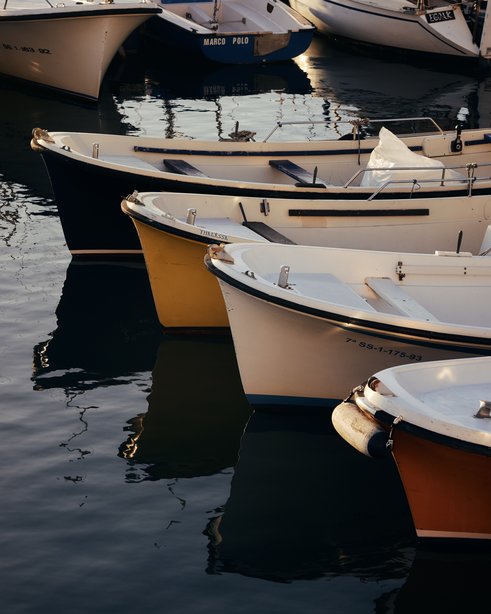
Today you can walk down the famed promenade, lined as it is with Belle Époque architecture and a distinct white wrought iron barrier. Flanking the beach at either end are Monte Urgull and Monte Igueldo. A short cable car ride to the top of either offers scenic views of San Sebastián and nearby Santa Clara Island. The word ‘beauty' continues to pop up when we speak with Paulo about the city’s delights — and it’s not hard to see why.

Places to see
Where Michelin-starred chefs and culinary-conscious locals come to source fresh produce. Paulo recommends the Coro Sotero Fishmonger and Muñoa Butcher Shop.
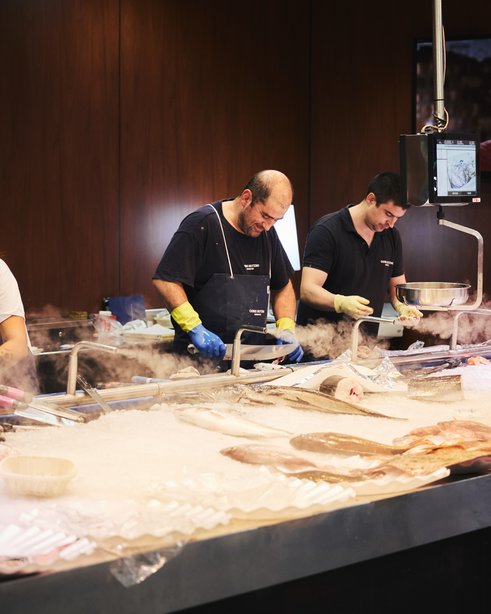

The first written mention of Basque apple cider dates back to the early 11th century. As Paulo tells us, the Basque are firm on maintaining age-old customs. So every year when the cider season runs from January to April, the locals make a habit of visiting at least one sagardotegi.
Petritegi, one of the best located 7km outside San Sebastián, is actually open year-round, serving up rustic cider from enormous oak barrels (kupelak) in a long stream — essential for carbonating the naturally brewed liquid. Typical fare at Petritegi to accompany the cider includes bread, cod tortilla, Chuletón steak and a local sheep’s cheese like Idiazabal.
Impressive Baroque-style basilica rising above the narrow streets of the Old Town. Dates back to 1774. Go in the morning sunlight and you’ll see the ornate facade take on a golden glow. The facade itself is dedicated to St Sebastian, the patron saint of the city.

Pintxos are bite-sized finger foods served across the bars of the Basque Country. A typical evening in San Sebastián involves bar-hopping between these fabled institutions, tasting and drinking the best each has to offer.
Gandarias — located in the Old Town — is a popular stop on the trail. Fresh pintxos are prepared and displayed at the lively bar. Their speciality is Iberico Pork Tenderloin topped on a piece of fresh bread with green pepper and sea salt.
